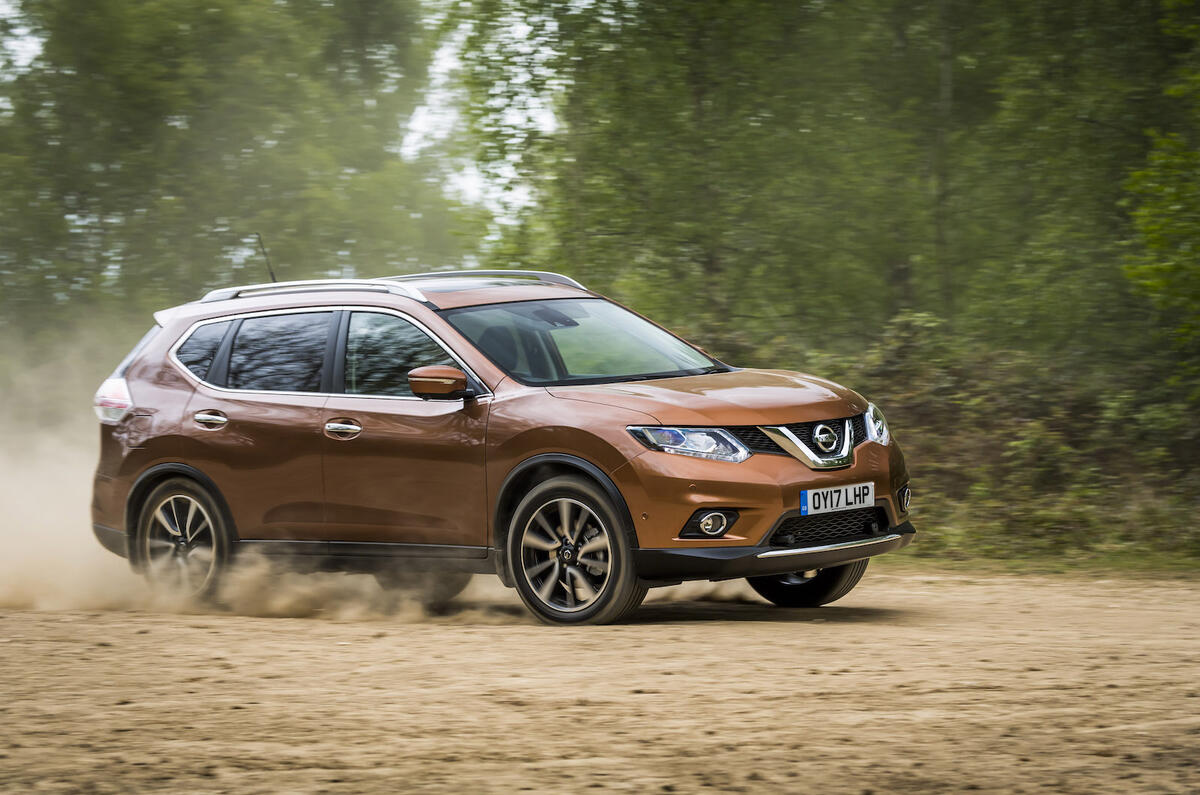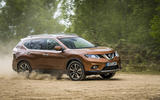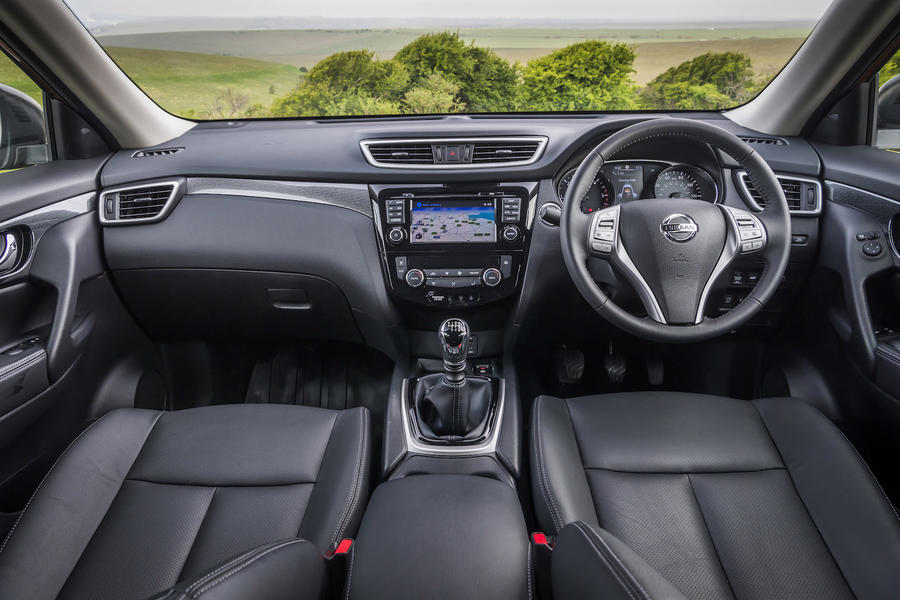What is it?
Since its introduction in 2014, the current generation Nissan X-Trail has become a familiar sight on UK roads. With seating for seven, tidy handling and low running costs, it seemed like it covered all the bases for prospective buyers.
But on listening to customer feedback, Nissan learned that buyers wanted more. Specifically, they wanted a bigger engine for improved flexibility and a less stressful towing experience. That leads us to the new X-Trail 2.0 dCi with a much healthier 175bhp and 280lb ft, up 47bhp and 44Ib ft on the 1.6-litre diesel.
The new engine also brings the option of an automatic-gearboxed four-wheel-drive variant for the first time. Named Xtronic, this is a CVT ‘box that is also the only option if you want a front-wheel-drive 2.0-litre. If you’d rather shift yourself, you can have the four-wheel-drive manual model we’re testing here.

































Join the debate
Add your comment
X-trail 2.0
Other brands of 2.0 diesels
I test drove one a couple of